In 2005, Zig Jackson became the first Native American photographer to be collected by the Library of Congress, when 12 of his images were acquired by their prints and photographs division. Also in their collection are more 2,400 prints by Edward Curtis, from his massive nineteenth century project “The North American Indian,” which documented tribes from The Great Plains to Alaska and constitutes a huge, imperfect and deeply influential visual record of Native American life and culture. The work of both men is included in “Contemporary Native Photographers and the Edward Curtis Legacy,” a show at the Portland Art Museum on view until May 8, which pairs Curtis’s images with photos by Jackson and fellow contemporary Native American photographers Wendy Red Star and Will Wilson. The show “will ask visitors to consider Curtis’s continuing influence on the interpretation of Native American culture while highlighting contemporary reactions to his complex role within the history of representation of indigenous peoples,” according to a statement from the Museum.
Will Wilson takes on Curtis directly in images from his “Critical Indigenous Photographic Exchange” series, which uses the same large format wet plate collodion process that Curtis employed to document contemporary indigenous artists, arts professionals, and tribal leaders, making portraits that show the diversity of the group. “Through collaboration with my sitters I want to indigenize the photographic exchange,” he writes in a statement. Wendy Red Star poses with her daughter in hand-made elk’s tooth dresses in an image from her “Apsáalooke Feminist” series, claiming vivid color and Photoshop intervention as tools for picturing Native American culture. Zig Jackson pokes fun at the stereotypes that Curtis’s images have bred, and photography’s role in creating them. In an image from his series “Indian Man in San Francisco,” a man in a headdress rides the bus, his sneakers and jeans no more or less authentic a costume than some of the clothes Curtis’s subjects wore, often at his direction. “As an Indian artist, I feel a responsibility to deconstruct the pervasive myths and misconceptions about Native Americans, in order to reveal more accurate and informed representations,” writes Jackson in a statement. “I use my art as a means of de-mythologizing my own history and breaking down the prevailing stereotypes, social constructs, paternalistic attitudes, and romanticized images perpetuated by popular media and folklore.”
Related Stories:
Helping Communities Speak for Themselves: Aaron Huey’s Pine Ridge Community Storytelling Project (For PDN Subscribers only; login required)
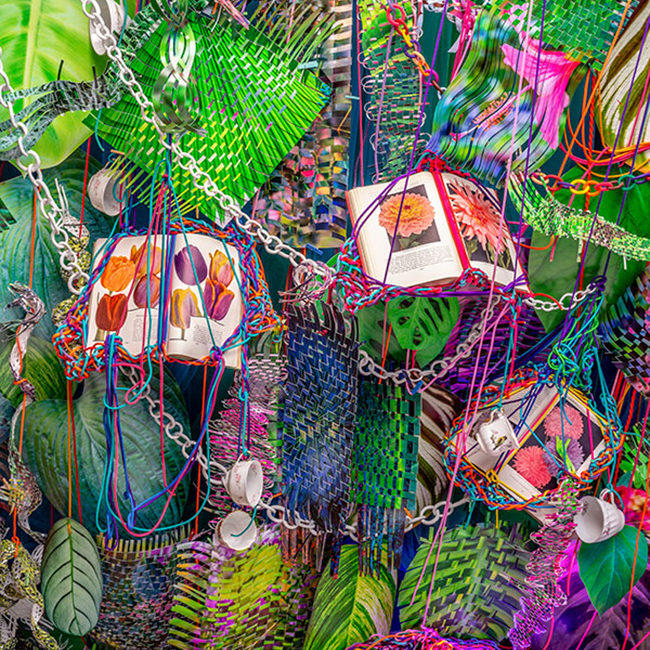




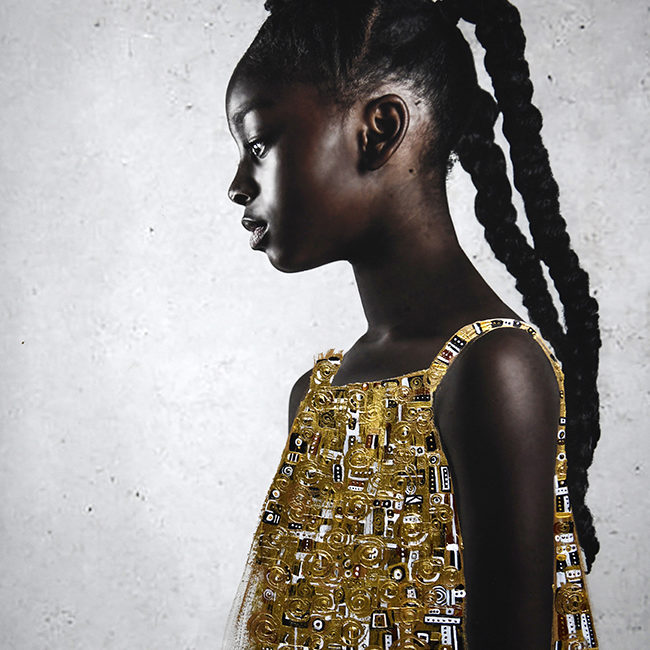

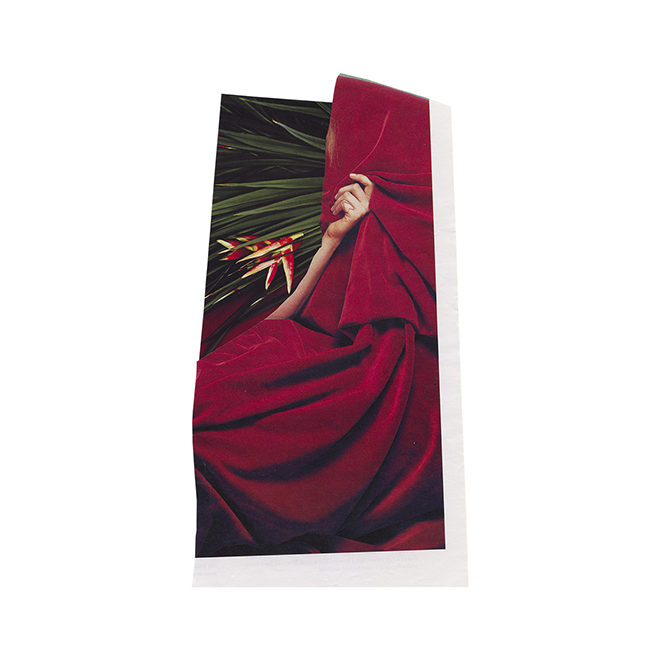

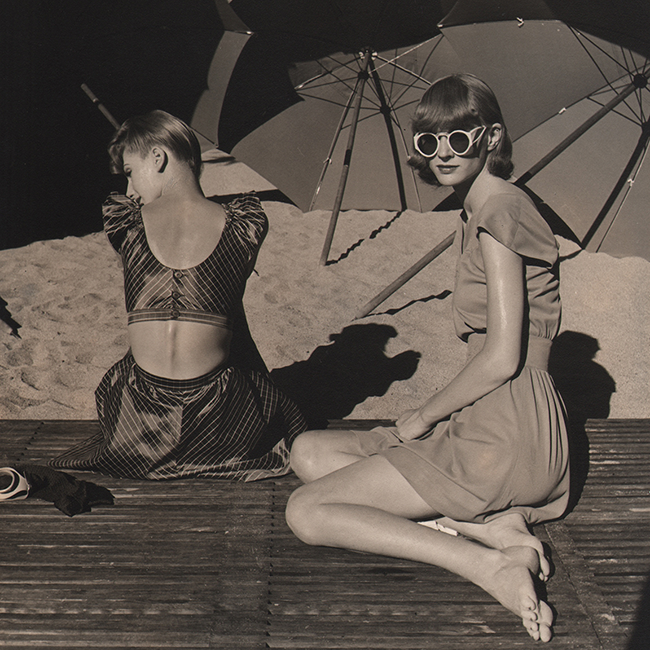
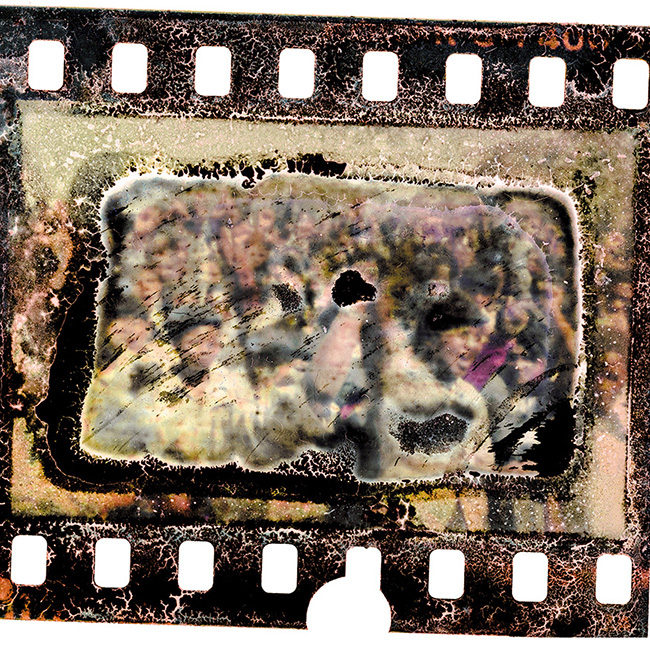
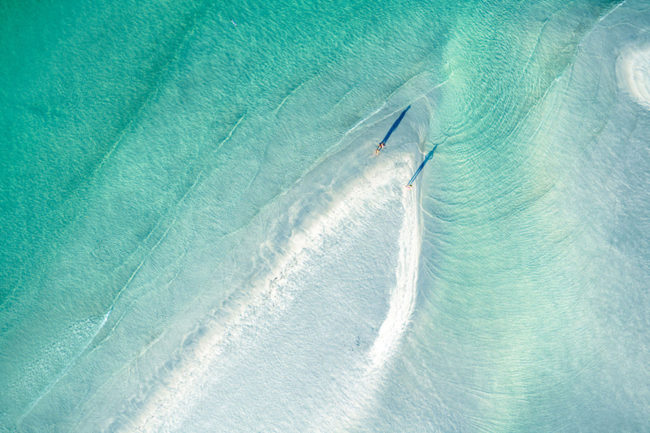
Jeff thomas an Indigenous photographer in Canada dogs the same thing http://www.scoutingforindians.com/curtis.htm
l